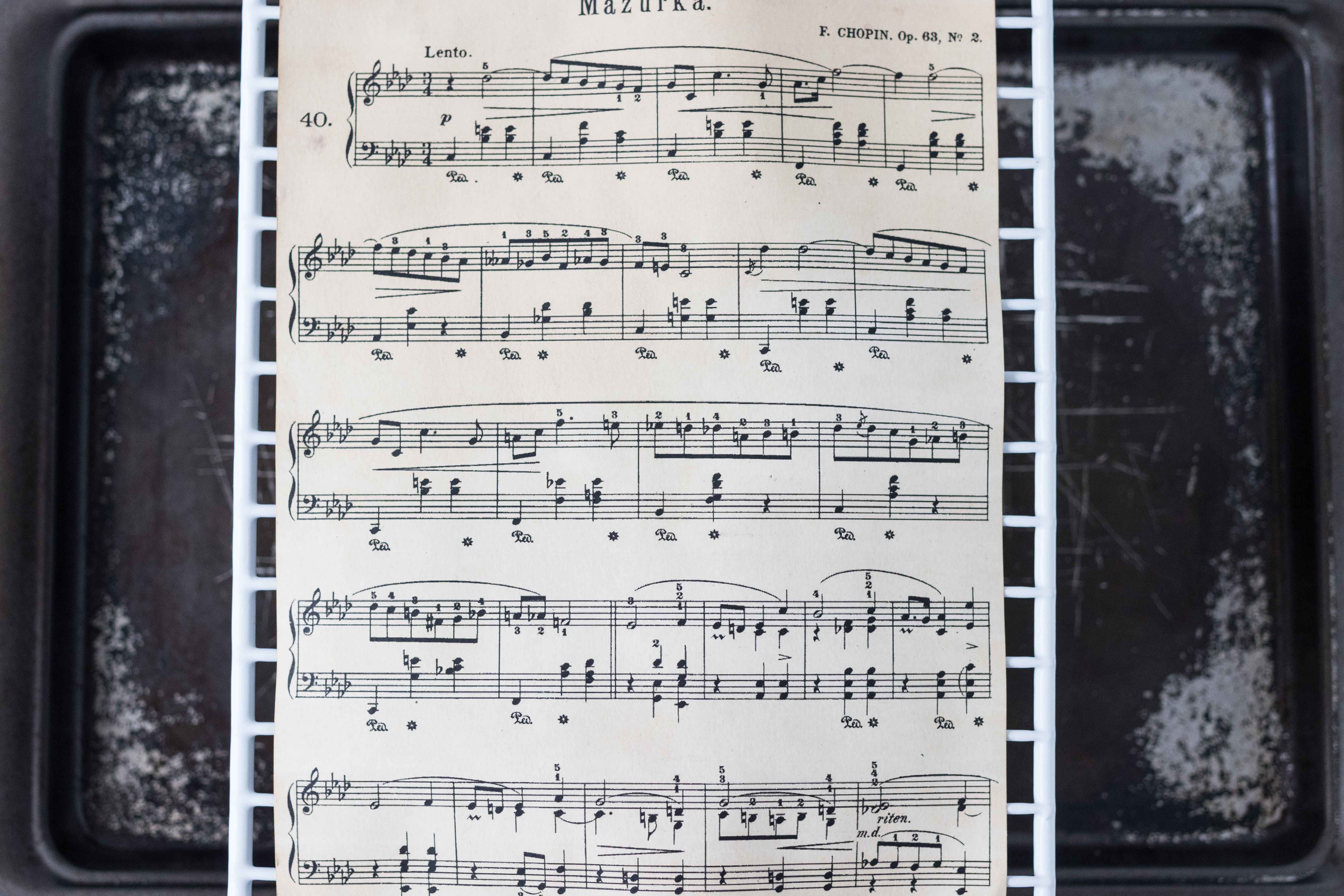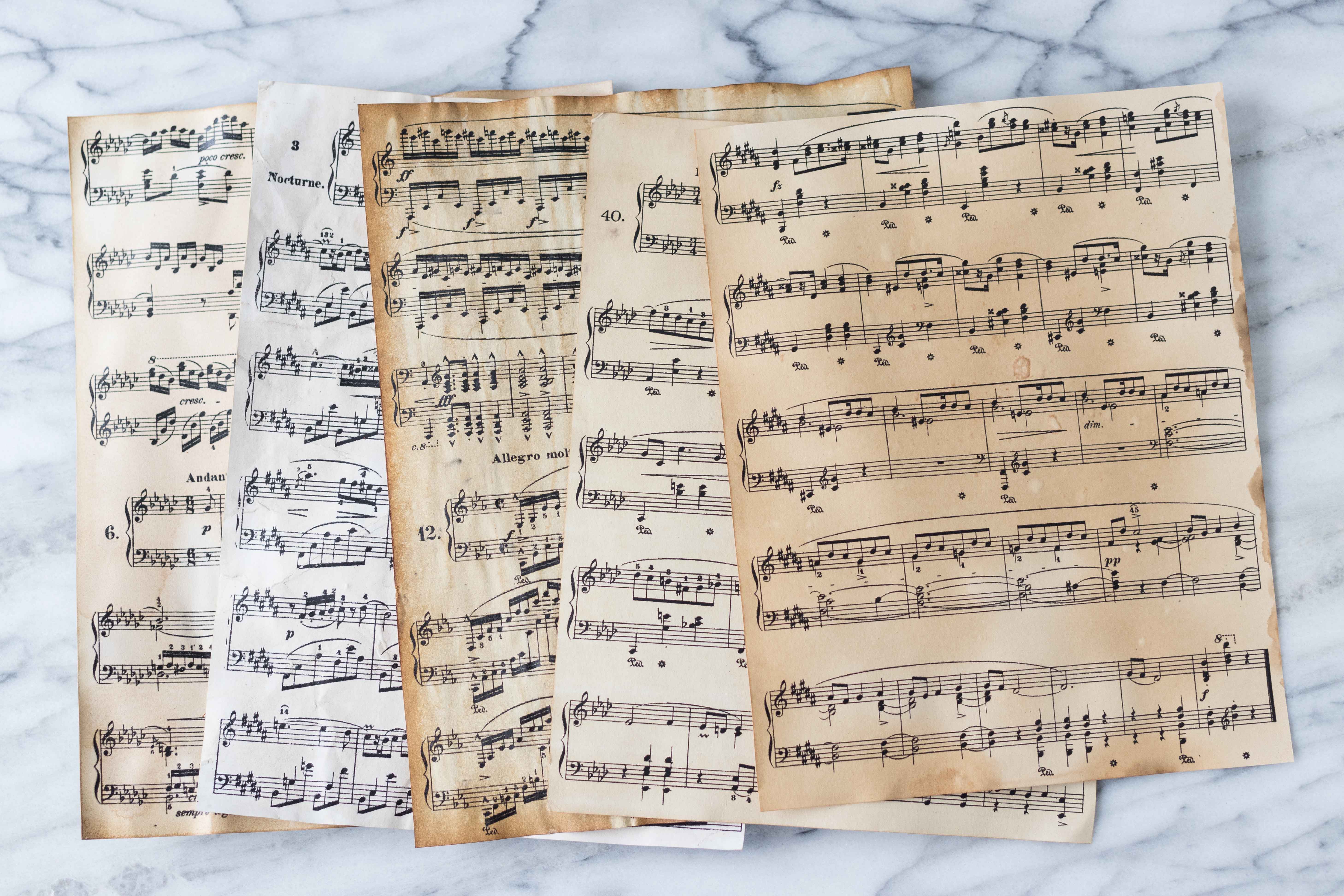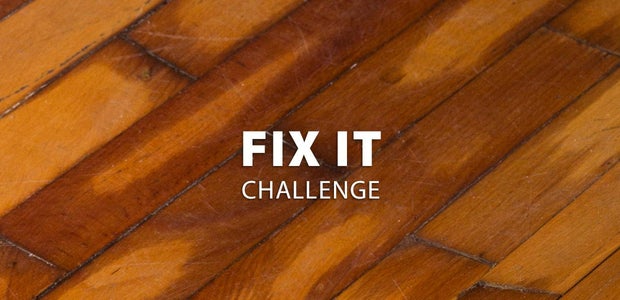
In the ensuing decades, Nishimura has attended countless pen shows and accumulated a wealth of knowledge and insights. This has occurred through his own collecting experience and as a full-time dealer. “Most real collectors do use fountain pens, but it varies how many of the ones in their collection they choose to use. Many advanced collectors are like me: I have my collection, and I have pens that I use – there’s a clear line in between,” Nishimura says.
It’s somewhat ironic that the fountain pen was invented to make writing quicker and more convenient. Because today, fountain pens are used largely for calm, leisurely writing.
Collectors like David Nishimura appreciate fully the experience of writing with these old-fashioned instruments. Nishimura, of Providence, Rhode Island, first dipped into pen collecting in the mid-1980s. At the time he was an art history grad student. He says at that time he searched through flea markets and antiques stores and found a lot of material “in the wild.” He explains the allure: “Pens are beautiful and functional objects, interesting both in terms of design and technology. Plus they are eminently usable, and as an object of collecting, highly affordable.”
One outstanding example in the current catalog includes a circa 1908 Parker 47, excellent condition, in the original box, with gold filled trim and pearl slabs (item #9095, $6,500).
While pens “in the wild” are not as abundant as when pen collecting was a “young” category of interest, there are still gems – vintage and contemporary – to be found. When searching for collectible writing instruments, don’t overlook or dismiss estate sales. In April 2017, Fine Estates in San Francisco held a two-day consignment sale that offered approximately 2,200 writing instruments, including fine contemporary collectible pens, boxed writing sets, and many limited editions.
Competition In Pen Design Encourages Innovation

always the most sought after.” Names of still-operating companies include Parker, Waterman, Montblanc, Pelikan, and Namiki, while “among defunct companies (noting that some entrepreneurs have started new and unconnected companies in recent years using the old names), Wahl-Eversharp, Conklin, Chilton, etc.”
Global competition for the fountain pen market was fierce, however. Collectors can thank that spirit of competition, which ultimately leads to design innovation and improvements. It produces a plentiful variety and number of pens available today. The names Sheaffer, Montblanc, Cross, Parker, Wahl, Conklin, and many others also grab the attention of vintage and contemporary writing instrument collectors.
Schiek says he couldn’t pull out his wallet fast enough to give them the $3 for all the fountain pens. He says, “Due to my recent research paper and information I was armed with, I knew about the one Parker fountain pen and the model that I could make out.” It was a Parker 51 in Dove Gray with a 1/10th 16K gold-filled cap.

Let the paper dry completely between each layer. Similar to watercolor painting, there is an extent to how much medium the paper can soak up at one time. When you want a darker aesthetic, apply multiple brushed or sprayed layers.
There are so many fun DIY projects and other creative uses for vintage or antique paper. They include, but are not limited to, the following.
To find for pay digital vintage paper, search Etsy. To find genuine vintage paper (i.e., sheet music, dictionaries), search eBay.
For a lighter vintage aesthetic, brush or spray on your aging medium. I used a pastry or basting brush and plastic spray bottle, as I had both of these items on hand. If you opt for a brush or spray technique, you will have to apply multiple coats of aging medium, unless you want a very light vintage look. It takes about three hours for each brushed or sprayed coat to dry.
Air drying

You can speed up the drying process for making paper look old and produce a darker aesthetic with the same number of coats by drying paper in the oven or with a hair dryer or heat gun. I set my oven to 350 degrees and used the following baking times for the above pictured papers (as listed below, left to right).
However, if you’re still on the fence, there are a few key reasons to learn how to make new paper look old for craft projects and other creative endeavors.
- Full creative control. Aging your own paper allows you to create the exact aesthetic you want with the exact paper you want.
- Cost. Making new paper look antique is extremely affordable. I spent exactly zero dollars to create all of the examples in this post because I already had everything on hand. You’ll spend money on genuine vintage papers or many high-quality printables. You’ll also spend money printing free vintage papers in full color.
- No time wasted searching for vintage materials. While it does take time to make new paper look old, you won’t spend hours searching for just the right genuine vintage book, sheet music, or other material.
:max_bytes(150000):strip_icc()/Spruce_Know_Your_Antique_Desk_Styles_148421_V1-7f8675c5127946738bd0d5eb482e2b22.png)
A number of these styles have been revived over and over, and still inspire reproductions in their likeness. Some also overlap in their descriptors. These include slant-fronts like the escritoire and fall-fronts like the butler's desk, among a number of others.
Developed in France, and associated with Louis XIV-style furniture, the Bureau Mazarin was usually quite ornate and lavishly adorned with Boulle marquetry. The name, which literally means "Mazarin's desk" is a 19th-century term, referring to Cardinal Jules Mazarin, who ruled as Louis' regent from 1642-1661
This type of flat-topped desk, first made in England in the early 1700s, features a flat top supported by two banks of drawers or cabinets separated by a space for the legs of the person using the desk. It has been manufactured in many different styles since its introduction and is still popular with companies producing Colonial reproductions.
This coveted Victorian desk style was the executive's choice when it was first introduced. In fact, it was deemed "The King of Desks."
Identifying Furniture Used for Writing and Storage
:max_bytes(150000):strip_icc()/William-S.-Wooton-Desk-56a017fb5f9b58eba4aee816.jpg)
The Cheveret is a variety of small, delicate stand or desk, specifically of the type commonly referred to as a "ladies writing desk." Distinguished by the multi-drawered setback chest or bookcase on the top, the smaller piece has a handle and is usually detachable while the main surface typically has a drawer underneath and often a fold-out or pull-out shelf.
Often referenced as a butler's chest, this is a type of drop-front desk, fairly short and compact but substantial and square in shape. The interior contains several small drawers, cubbyholes, and letter slots surrounding a central door. Some models also have two exterior compartments flanking the fall front. The lower half usually has three to four drawers or, occasionally, shelves behind two doors.
The Queen Anne Mansion

Erm. I'm sorry but I would like to ask if the paper will tear because of the excess tea
Now you want to put your aged paper under some weight until it dries. Otherwise it will warp as it dries and make for a very hard to use piece of aged paper.
Once you paper is dry you can paint, draw, color or do what elver else you like to it.
Does this work if there is already writing on the paper? It's in waterproof ink
Recommendations

I made sweet tea today and had tea bags, so I decided to age some paper before tossing them in the trash.
All you need is
tea bags
water
paper that you want to age. most any kind will work from drawing paper to card stock to stretched canvas
paper towels
and something heavy like a couple books
Should I crumble the paper first then soak it or crumble it after
I have also let the paper dry and came back to it in a few hours and reapplied tea and achieved a darker outcome.
:max_bytes(150000):strip_icc()/Spruce_Know_Your_Antique_Desk_Styles_148421_V1-7f8675c5127946738bd0d5eb482e2b22.png)
Developed in the early 18th century, the escritoire grew out of—and the term may still apply to—a writing box or small cabinet with a drop-front and drawers or shelves dating from the Middle Ages, most likely from Spain.
The legs on a Cheveret can be straight, saber style, or tapering, and are sometimes connected with a lower shelf as well. Though probably originating in France, Cheverets further developed in England in the latter half of the 18th century, representing the vogue for light, portable furniture. They continued to be popular into the Regency period, until the 1830s.
However, the Davenport became popular on dry land in the 19th century, in homes throughout England and the United States. Originally a simple chest of drawers with a swivel top, it grew increasingly ornate, with pilasters or cabriole legs in front. It traditionally rests on bun feet, often with castors to make it portable from room to room.
The Davenport dates from the 1790s, developed by a British furniture-making firm named Gillows (also known as Gillow & Co.). Its name derives from the client it was made for, a Captain Davenport. Because of this military connection, and the desk's compact size and multiple compartments, furniture historians theorize the piece was originally intended to be used on a ship, or on military campaigns. They are sometimes referenced, in fact, as a ship captain's desk.
Fall-Front Desk
:max_bytes(150000):strip_icc()/William-S.-Wooton-Desk-56a017fb5f9b58eba4aee816.jpg)
A number of these styles have been revived over and over, and still inspire reproductions in their likeness. Some also overlap in their descriptors. These include slant-fronts like the escritoire and fall-fronts like the butler's desk, among a number of others.
Developed in France, and associated with Louis XIV-style furniture, the Bureau Mazarin was usually quite ornate and lavishly adorned with Boulle marquetry. The name, which literally means "Mazarin's desk" is a 19th-century term, referring to Cardinal Jules Mazarin, who ruled as Louis' regent from 1642-1661
This antique desk style, popular from the late 1800s through the early 1900s, is said to have originated in England. Two-sided desks such as these were often used by bankers who wished to work together for convenience. They are the same on each side allowing individuals to face one another. Since they are essentially office furniture, they are usually heavy and well-made from quality woods such as mahogany or oak. Some examples have leather tops as well.
The Cheveret is a variety of small, delicate stand or desk, specifically of the type commonly referred to as a "ladies writing desk." Distinguished by the multi-drawered setback chest or bookcase on the top, the smaller piece has a handle and is usually detachable while the main surface typically has a drawer underneath and often a fold-out or pull-out shelf.
